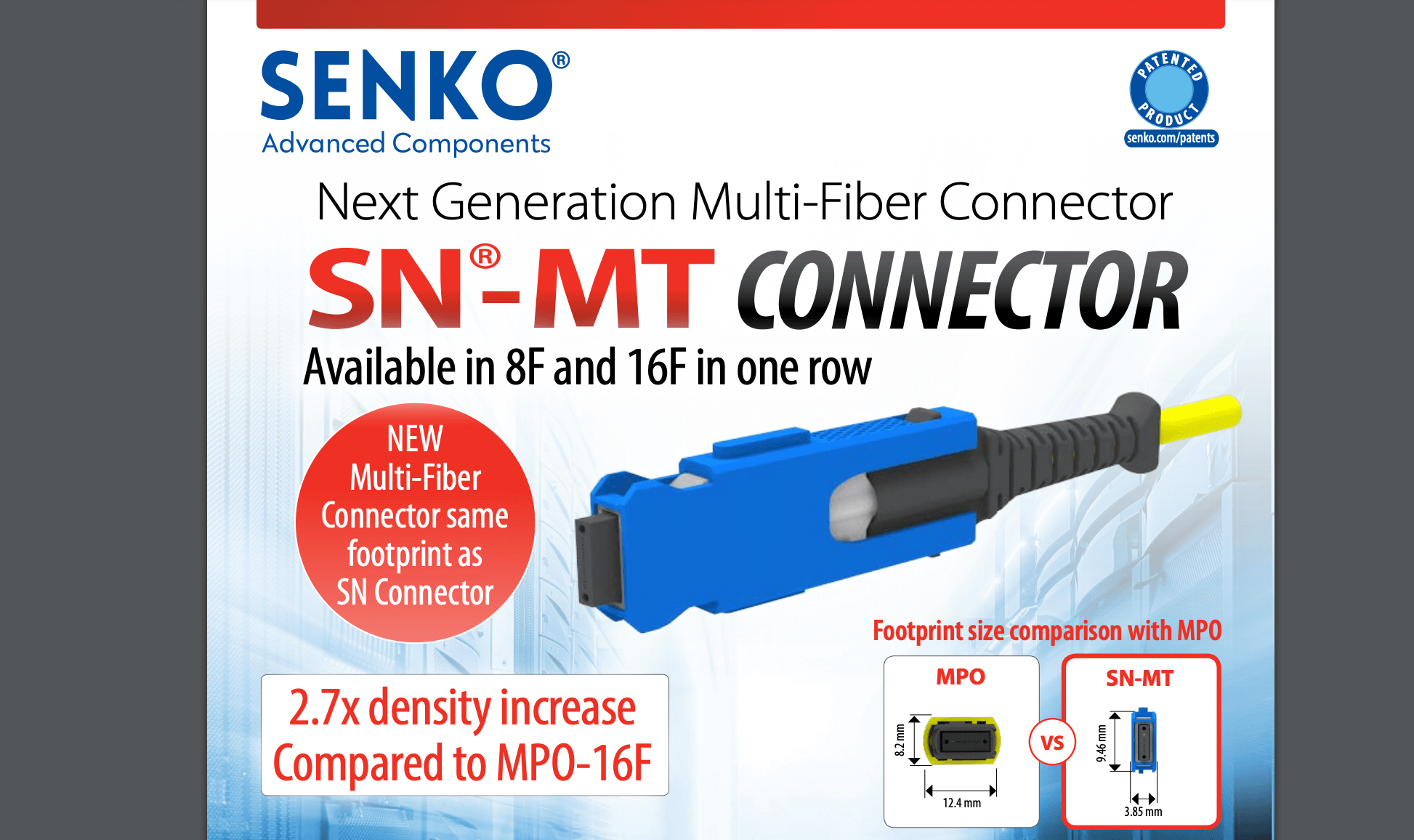The Open Compute Project Foundation (OCP) and JEDEC Solid State Technology Association agreed to establish a framework for the transfer of technology captured in an OCP-approved specification to JEDEC for inclusion in one of its standards. This alliance brings together members from both the OCP and JEDEC communities to share efforts in developing and maintaining global standards needed to advance the electronics industry.
Under this new alliance, the current effort will be to provide a mechanism to standardize Chiplet part descriptions leveraging OCP Chiplet Data Extensible Markup Language (CDXML) specification to become part of JEDEC JEP30: Part Model Guidelines for use with today’s EDA tools. With this updated JEDEC standard, expected to be published in 2023, Chiplet builders will be able to provide electronically a standardized Chiplet part description to their customers paving the way for automating System in Package (SiP) design and build using Chiplets. The description will include information needed by SiP builders such as Chiplet thermal properties, physical and mechanical requirements, behavior specifications, power and signal integrity properties, testing the Chiplet in package, and security parameters.
"One of the key efforts at the OCP is centered around the need for specialized computation for AI and ML workloads driving the need for specialized silicon. To deliver on the need for specialized silicon while enabling a rapid pace of innovation, we believe a new open Chiplet economy with a low barrier to entry is needed and will require collaboration and standardizations on multiple dimensions, ensuring that companies are able to interact in an open efficient and scalable manner. The OCP has been investing in being a catalyst for an open Chiplet economy for several years through its Open Domain Specific Architecture (ODSA) Project and are pleased to establish this alliance with JEDEC to allow work done in ODSA to become part of a global international standard that advances the industry," said Cliff Grossner, Ph.D., VP Market Intelligence & innovation at the Open Compute Project Foundation.





















